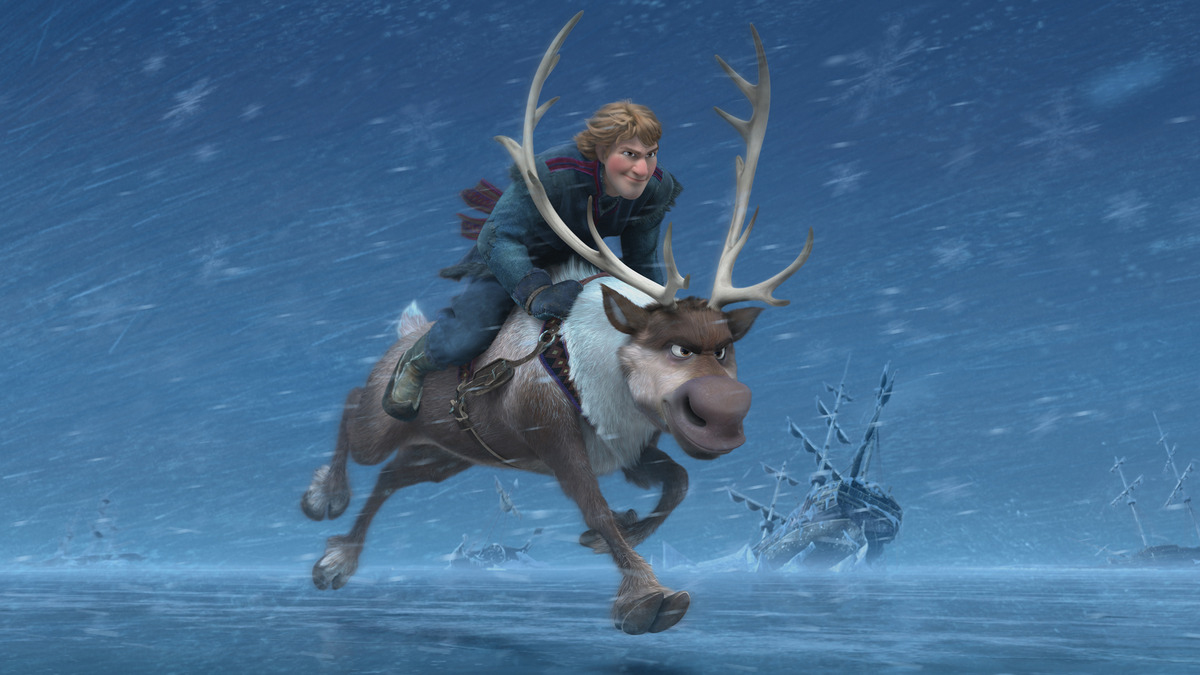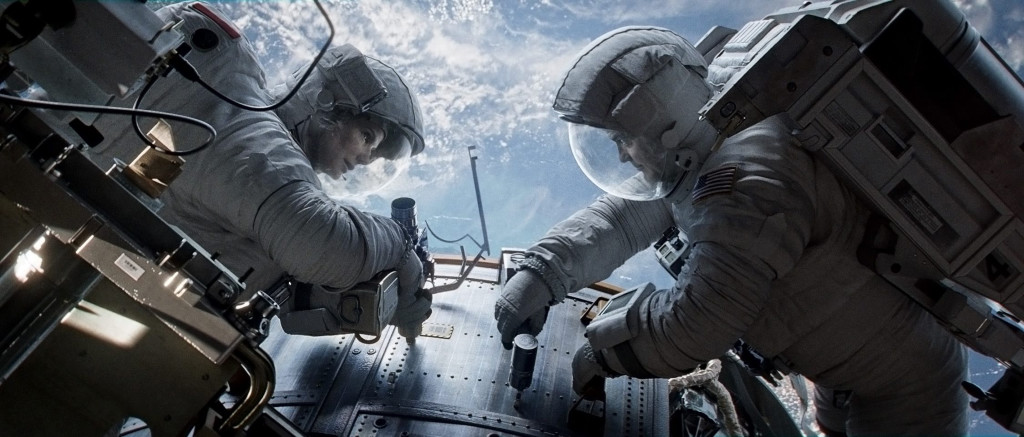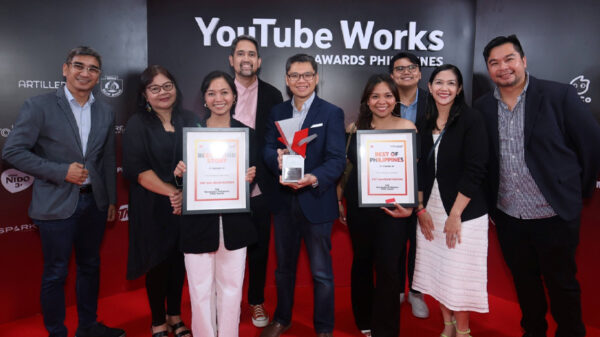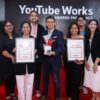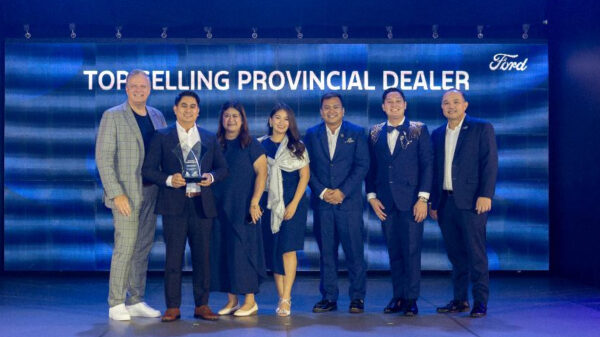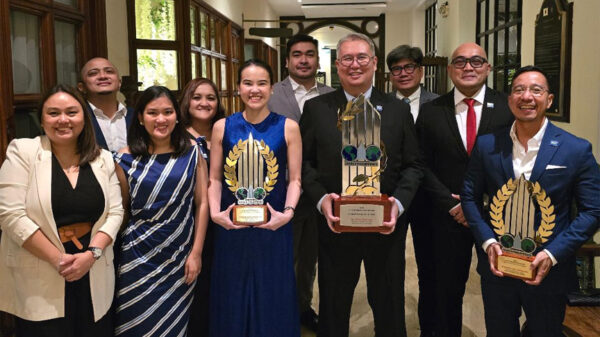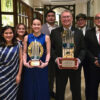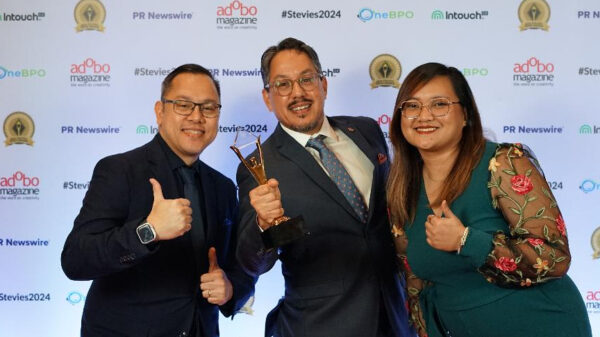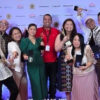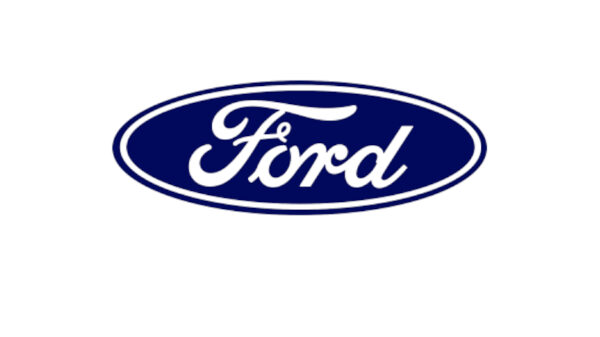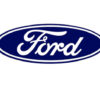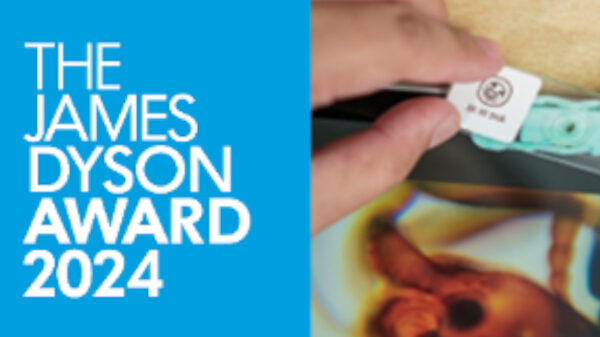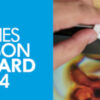Great movies are defined by great stories and increasingly, great storytelling is being empowered by digital technology. Autodesk, Inc. media and entertainment staff and software played a starring role in the creation of many of this year’s Academy Award winners and nominees and across many categories and were recognized by the Academy of Motion Picture Arts and Sciences with two Scientific and Technical Achievement Awards (Sci-Tech Awards).
“This year has been especially gratifying. Not only is it the 19th consecutive year Autodesk software has enabled Academy nominated filmmakers to push the boundaries of what is possible by enabling them to tell stories that just would not be possible practically – whether it’s creating the weightlessness of outer-space or the ice-locked beauty of a frozen world,” explains Chris Bradshaw, Autodesk senior vice president. “But Autodesk staff were also recognized by the Academy for two of the technologies they developed, and were instrumental in helping Mark Gill bring ‘The Voorman Problem,’ to the big screen. We are delighted to be such an integral part of innovative filmmaking.”
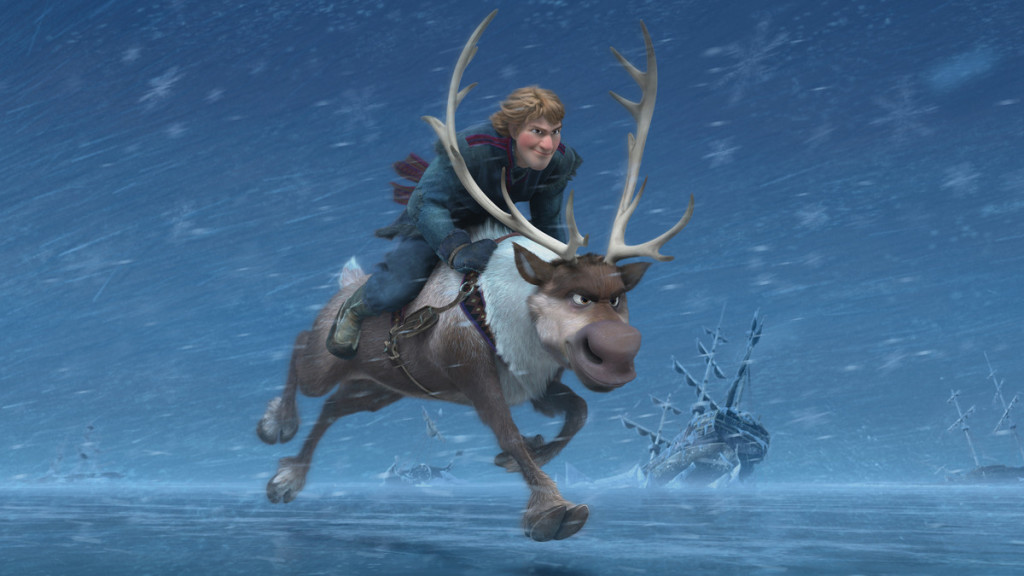
Autodesk software played a starring role in the creation of “Frozen” which took home the Oscar award for Best Animated Feature.
Every year, the Academy hosts a special awards ceremony two weeks before the Oscar ceremony to recognize the “discoveries and innovations [that] have contributed in significant, outstanding and lasting ways to motion pictures.” In a press release, Richard Edlund, Academy Award-winning visual effects artist and Scientific and Technical Awards Committee Chair wrote, “This year’s honorees have in a myriad of ways enabled today’s moviegoing experience…their efforts have advanced not only the art and science of motion pictures, but the work of countless global industries.”
The Academy honored Autodesk Mudbox, 3D sculpting software, with an Academy Certificate for its powerful new design capabilities and its contribution to multi-resolution digital sculpting. Additionally, the Academy awarded FiLMBOX, the foundation of Autodesk MotionBuilder, with an Academy Plaque for its innovative architecture that was the basis for the development and evolution of virtual production.Autodesk scientists, designers and technologies have been similarly recognized five times in past Scientific and Technology awards ceremonies.
Best Visual Effects
In the Best Visual Effects category, all five film nominees—“Gravity,” “The Hobbit: The Desolation of Smaug,” “Iron Man 3,” “The Lone Ranger and “Star Trek Into Darkness”—used Autodesk software to bring their stories to life. Together these five movies contained over 7,000 computer generated visual effects shots, created by thousands of artists working at 42 visual effects studios in 10 countries, a testament to the power of technology, not only to create what has never been seen before, but to bringing great talent, from around the world, together toward a single creative goal.
“Gravity” won seven Oscars, including Best Visual Effects.
Autodesk software also played a role in the creation of a number of other movies nominated this year including—Best Animated Features: “The Croods,” “Despicable Me 2,” “Frozen,” and “The Wind Rises.” Best Animated Shorts: “Get a Horse,” “Mr. Hublot,” and “Room on a Broom.” And eight of the nine movies nominated for Best Picture: “12 Years a Slave,” “American Hustle,” “Captain Phillips,” “Gravity,” ‘Her,” “Nebraska,” “Philomena,” and “The Wolf of Wall Street.”
“Frozen” took home the Oscar award for Best Animated Feature, while “12 Years a Slave” bagged the Best Picture award.



















































































